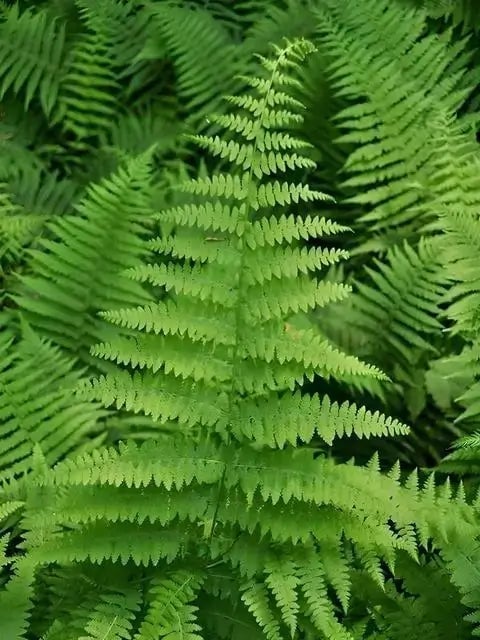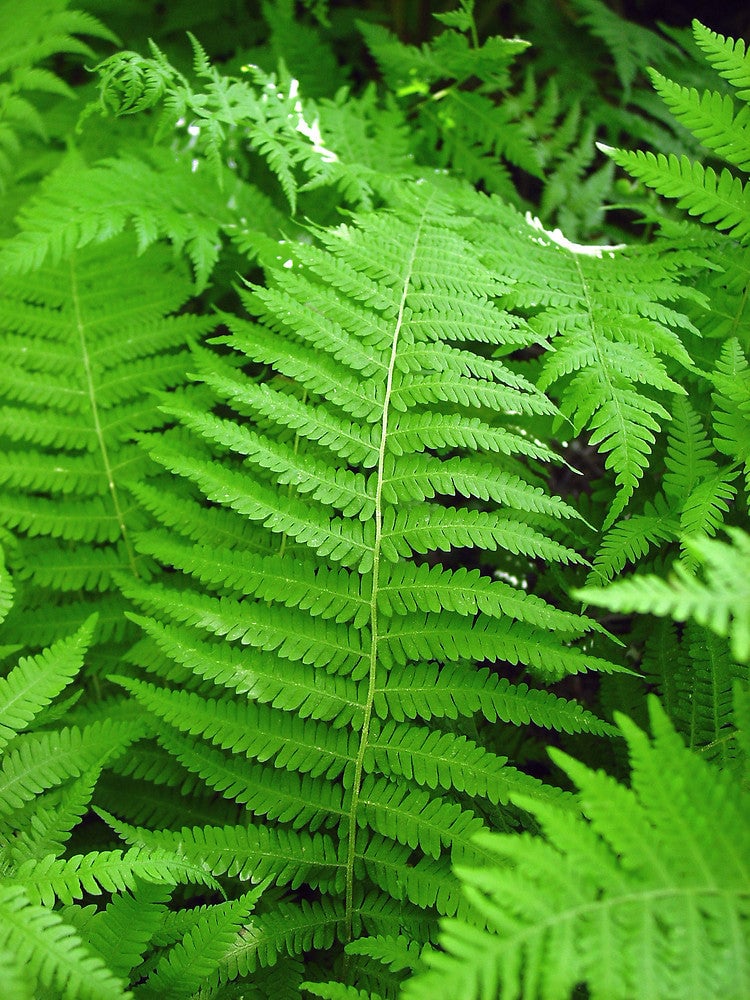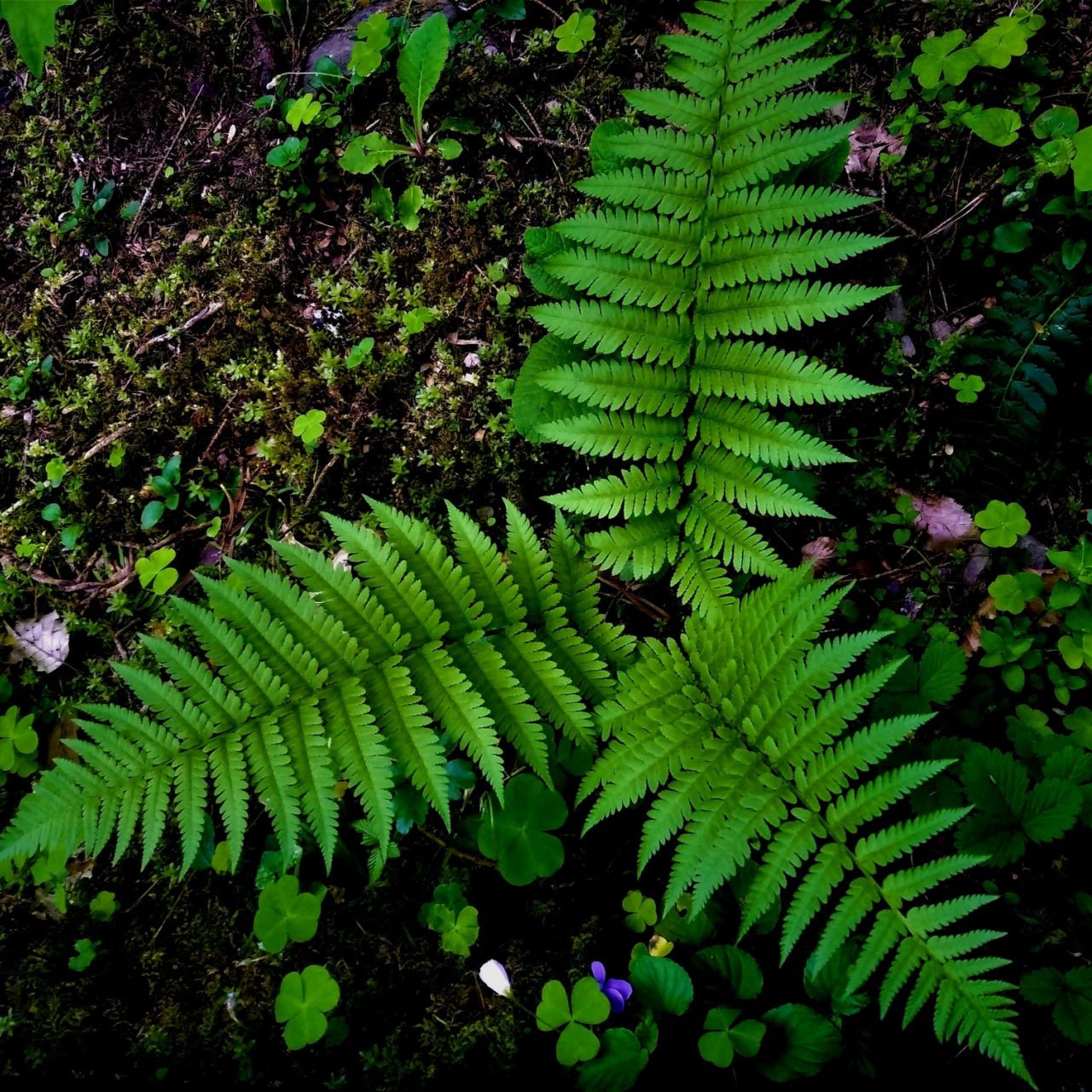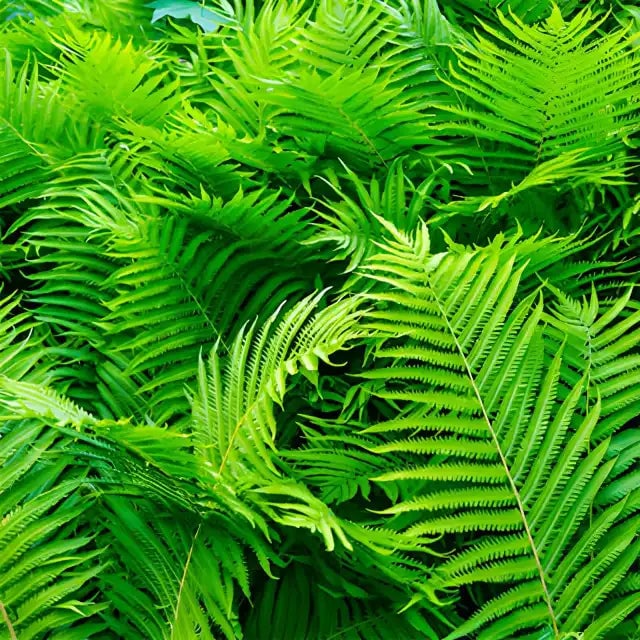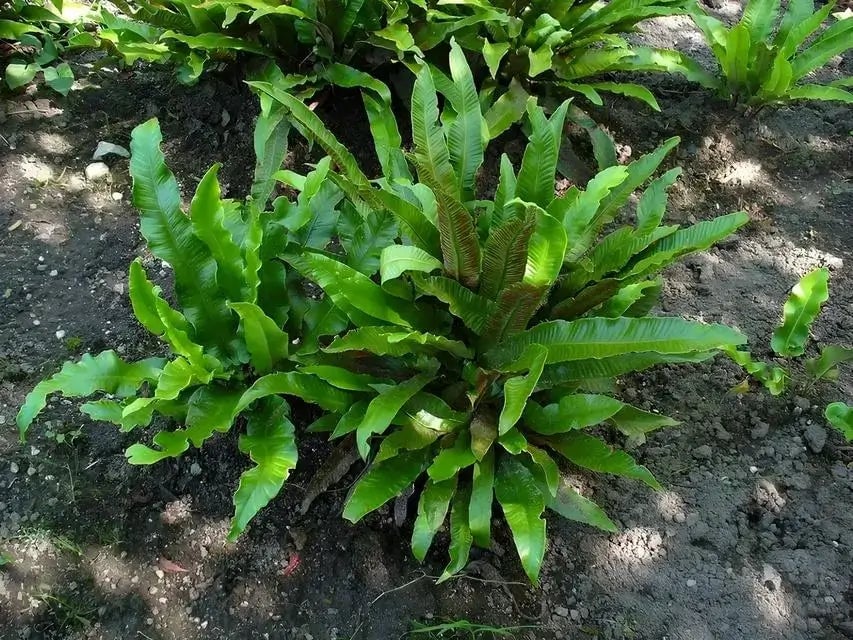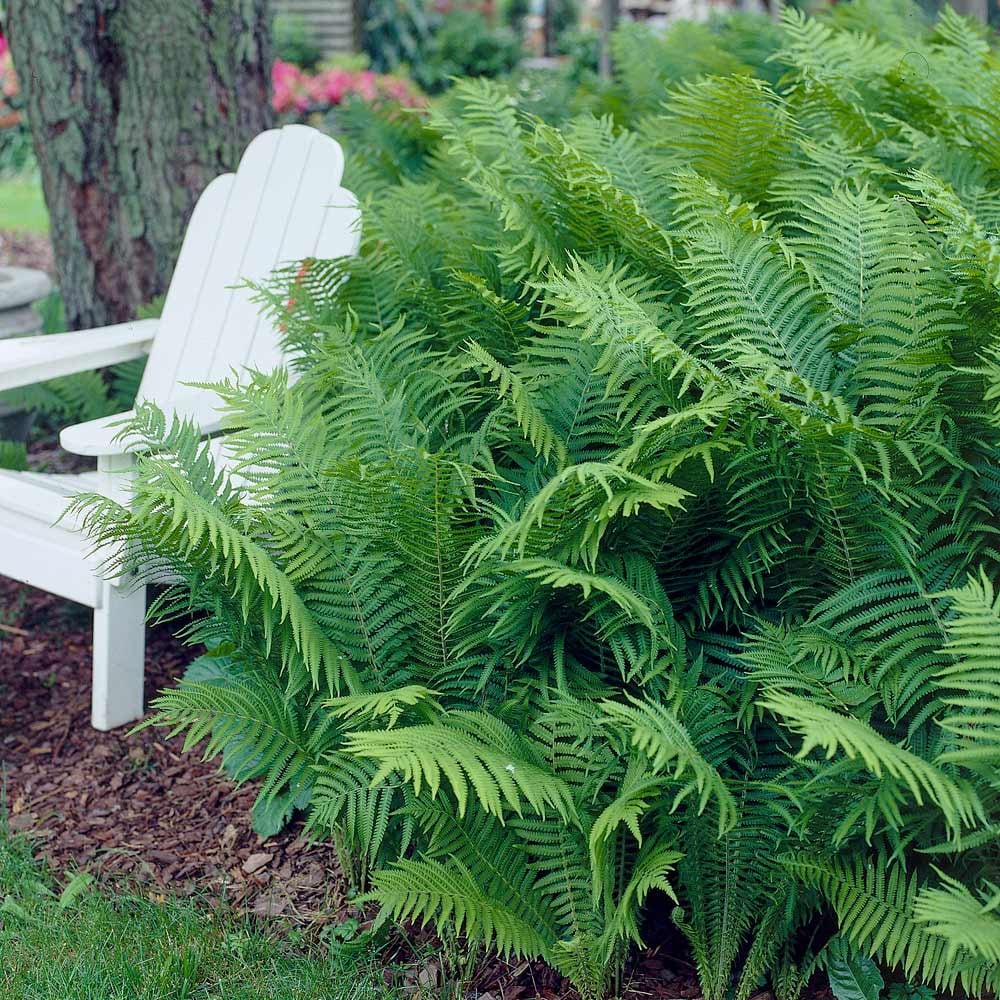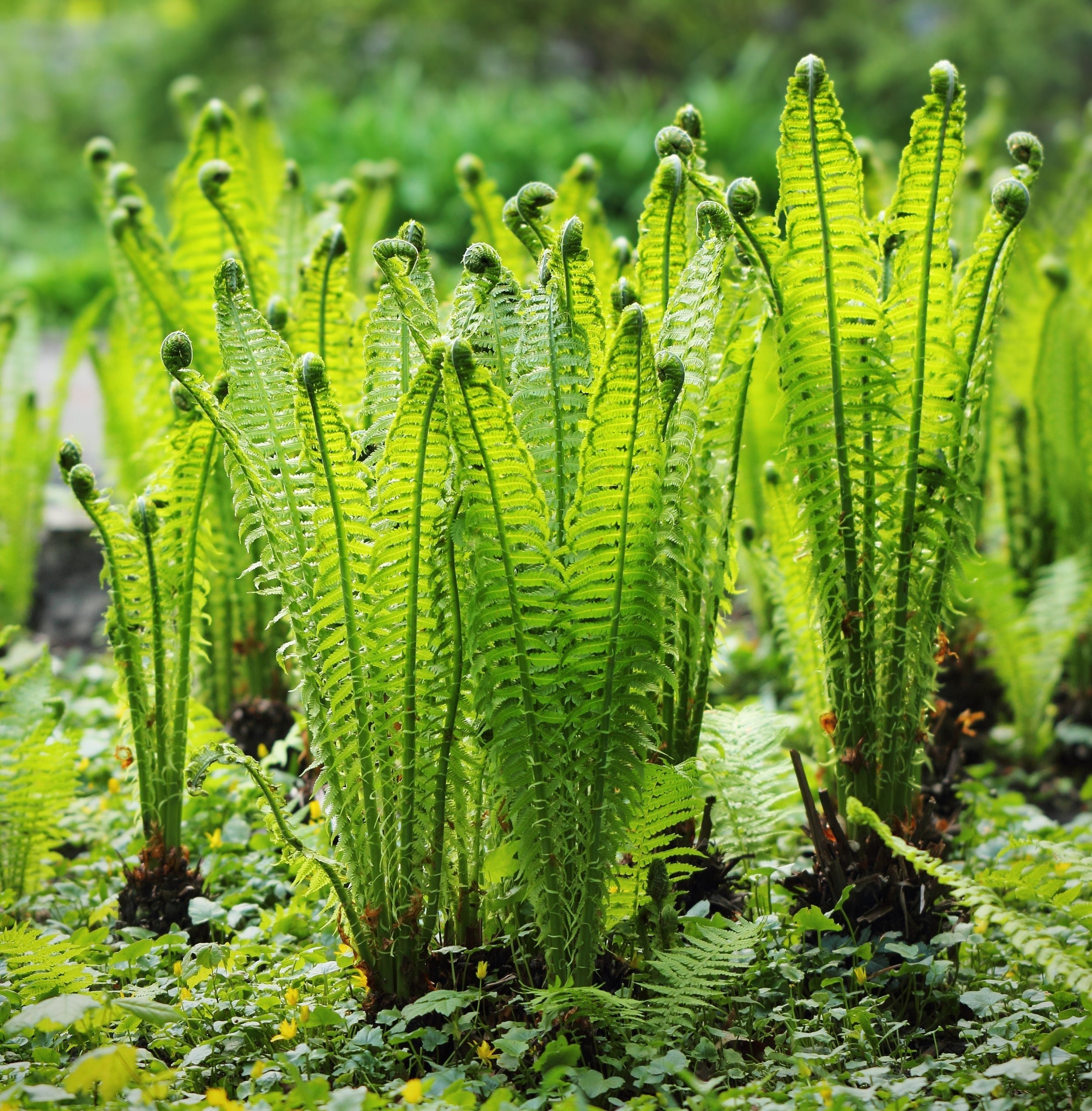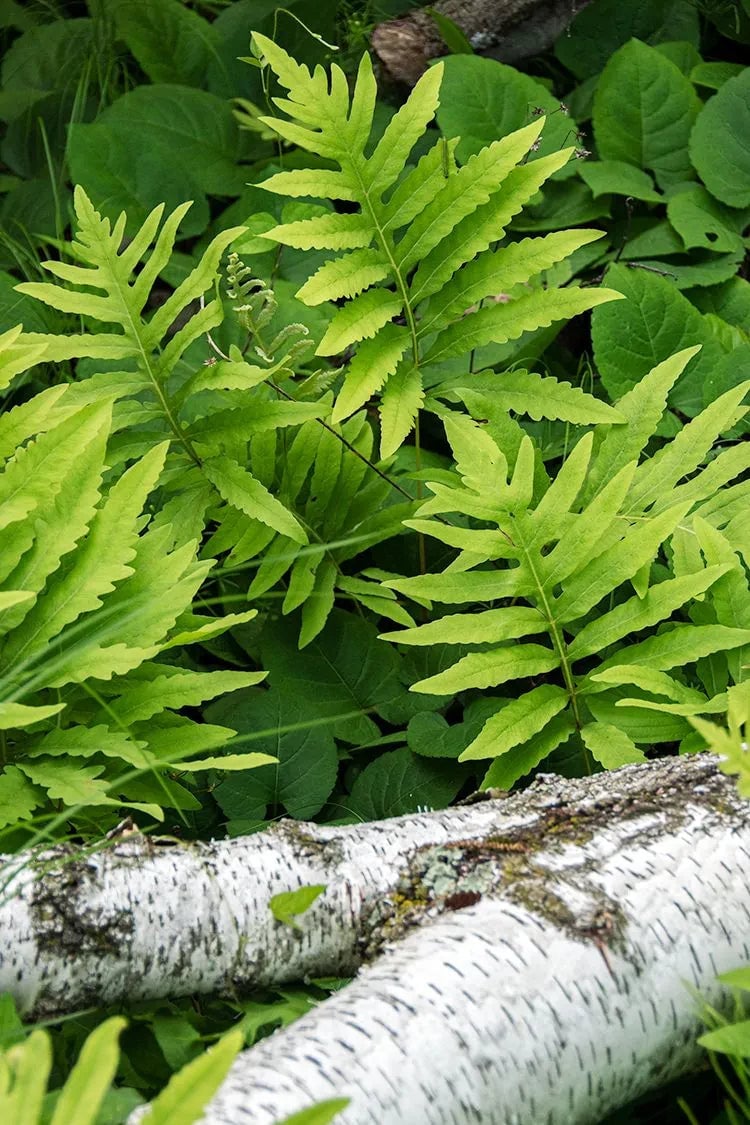Filters
Ferns for Sale – Timeless Greenery for Shade and Serenity
There’s a quiet elegance to ferns. With their soft, feathery fronds and ancient charm, ferns have a way of making a shady space feel cool, lush, and inviting. Whether filling in woodland paths, softening garden edges, or creating a peaceful retreat under the trees, our ferns for sale offer texture and tranquility to your landscape.
Explore Our Wide Selection of Hardy Ferns
At TN Nursery, we specialize in shade-loving plants that thrive naturally, and our ferns are no exception. From the bold presence of Ostrich Ferns to the delicate detail of Maidenhair Ferns, each variety we offer is hand-selected for its beauty, hardiness, and ability to return year after year. These are plants that grow with grace, asking little while giving plenty.
Customer Favorites Include:
- Christmas – Evergreen and perfect for year-round texture.
- Lady Fern – Soft and graceful, ideal for borders and beds.
- Cinnamon – Tall and stately with distinctive rusty stalks.
- Fiddlehead Fern – Edible and ornamental, a springtime favorite.
Why Choose TN Nursery for Ferns?
Our bare root fern plants arrive fresh from our farm, never dried out or overhandled. We take pride in shipping easy, healthy plants, super low maintenance, and easy to establish. Whether you’re planting in deep shade, dappled woodland, or a moisture-rich garden bed, you’ll find ferns here that suit your space—and thrive for seasons to come.
Browse our collection of ferns for sale and bring home plants that are timeless, calming, and deeply rooted in nature’s design.



